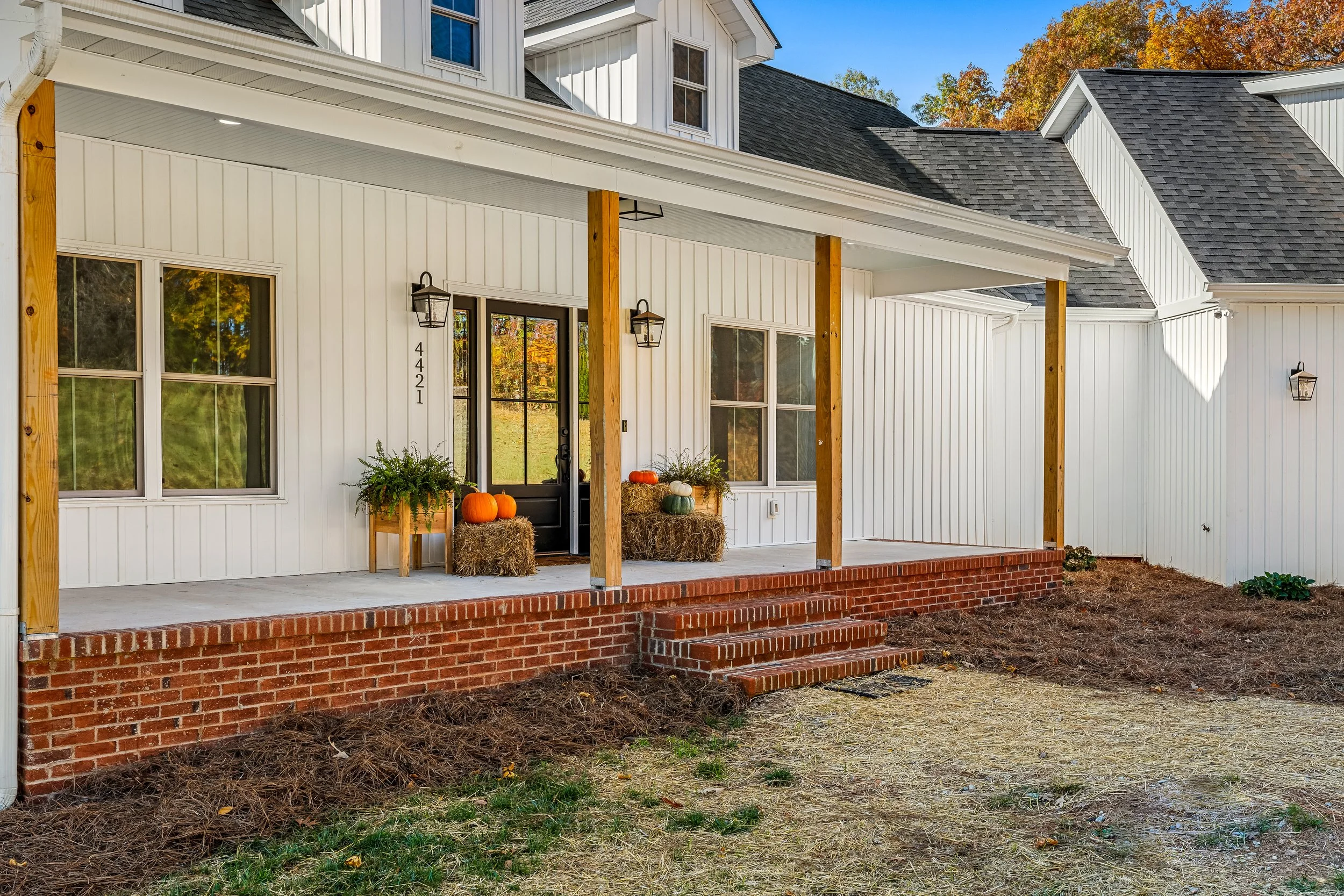An experienced developer once told us, “roofs don’t leak, it’s windows that leak.” And while there is an exception to every rule, we at AJH have found that it’s important to specify and install a quality window if you want to keep your home leak free! Over the past decade of building we have had opportunity to fit Jeld-Wen Windows on many different homes. Their classic double hung units with grids between the glass or simulated lites fit seamlessly in the suburban 5 over 4 with-a-door or in a Charleston-style row home. AJH appreciates the ability to manipulate the scale of their double hung units to match the exterior elevation character with light for the interior spaces. When we build in the mountains, their ultra slim plate units capture the views while keeping out the wind and cold, and they can be engineered to withstand mountain storms.
“Jeld-Wen provides options for our customers in multiple lines and styles all while backing their windows up with a consistent warranty.”
Jeld-Wen offers low maintenance vinyl windows in several integral exterior colors; from traditional white and clay to dark bronze and black. In the past, AJH has relied on the their all-wood product when building in a historic overlay zoned districts. This product line also offers both stain or paint grade exteriors, and while the wood exterior does require a more attentive maintenance routine, there is no better way to match historic fenestration. The Jeld-Wen aluminum clad product line is our go-to product and offers over 20 standard aluminum exterior colors and can even be customized to a color of your choice. We have yet to encounter a selection that we were unable to fulfill in the clad product line.
When specifying and purchasing windows AJH recommends Jeld-Wen because the lifetime cycle of their windows coordinates with the exterior finishes we install. It’s not smart to install a window that won’t last 10 years in a thoughtfully detailed exterior that will easily weather 50 years of sun, rain and cold! Choosing from Jeld-Wen’s product lines lets AJH match the right window both aesthetically and functionally to the home. And it allows our clients to enjoy beautiful views with peace of mind.
Key to that peace of mind is knowing AJH & Jeld-Wen will be there to service any issue that might arise. Whether in the frame of the window or the glass itself their warranty department is ready and willing to help AJH correct it, so our customers don’t have to live with anything less than an optimal unit.
Check out Jeld-Wen by following this link!









